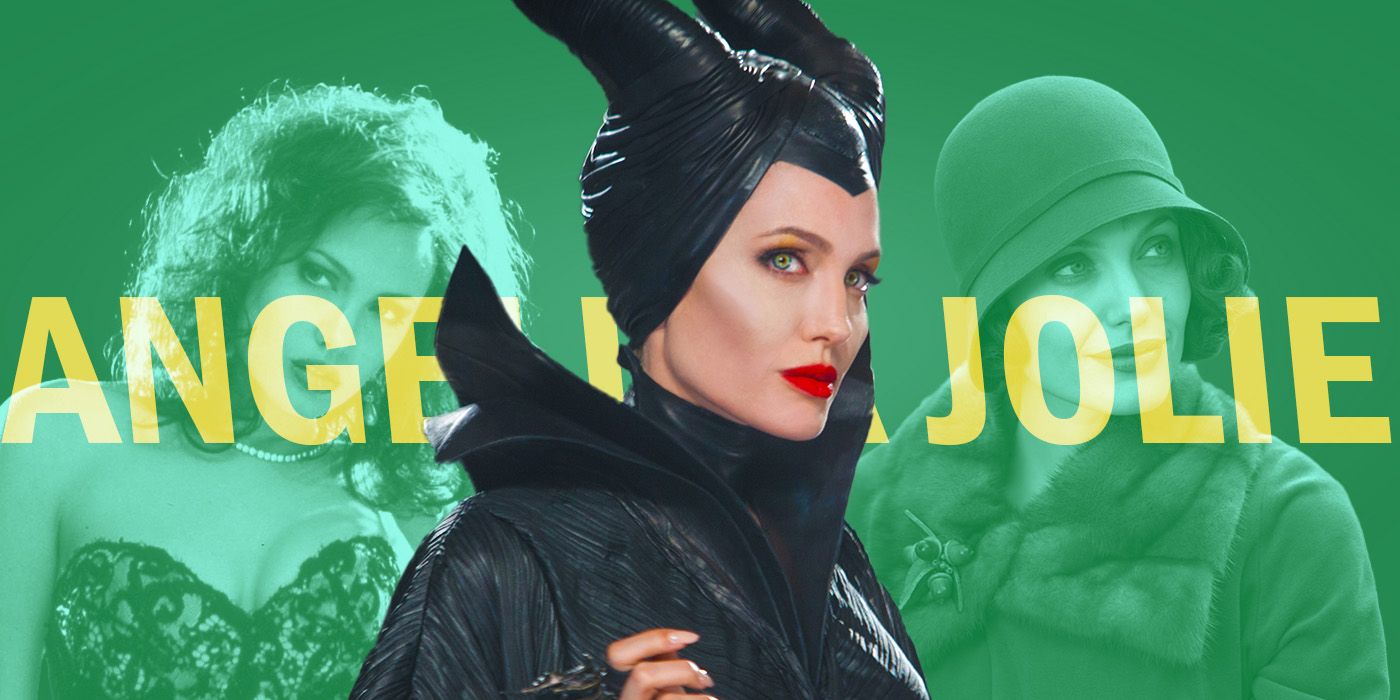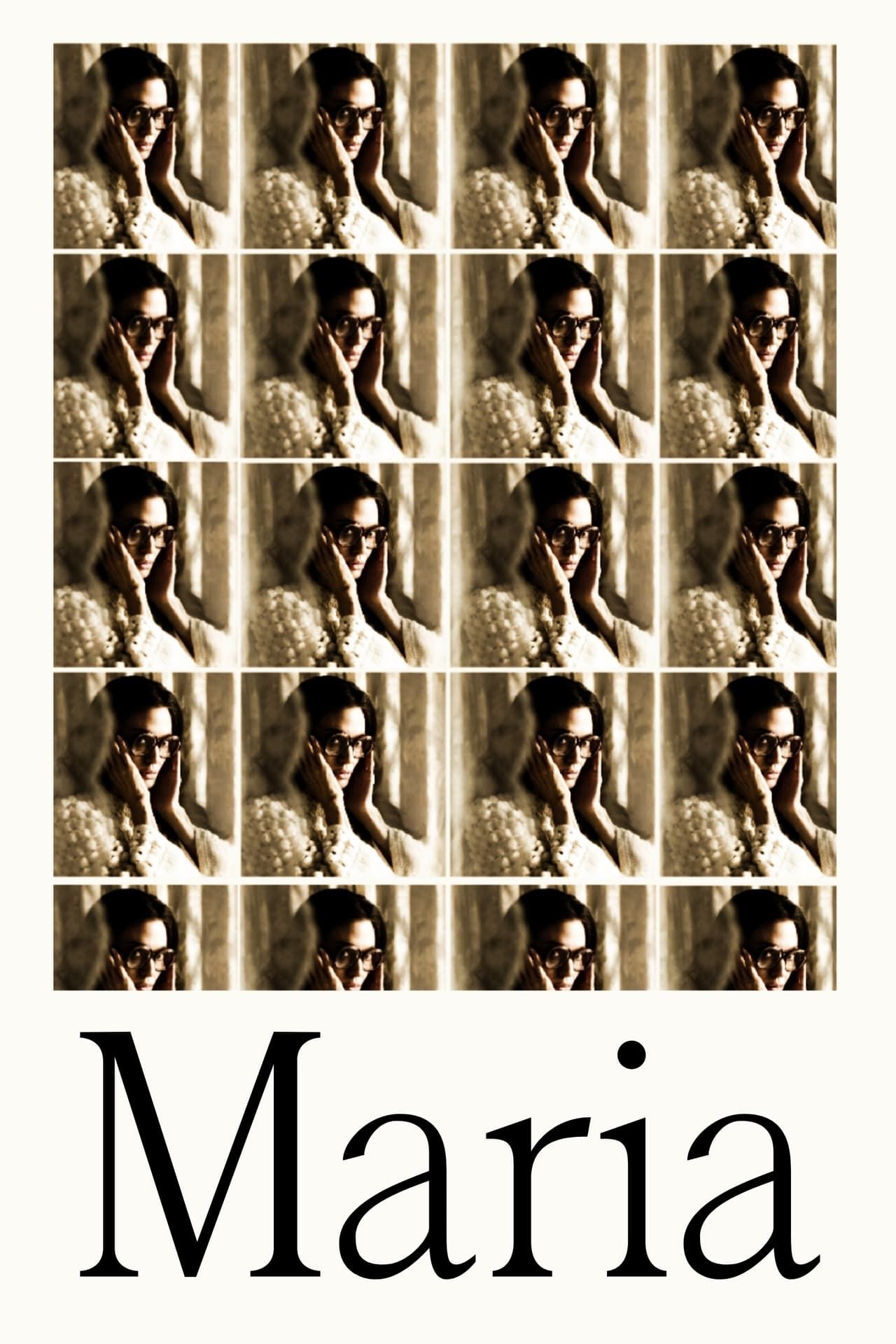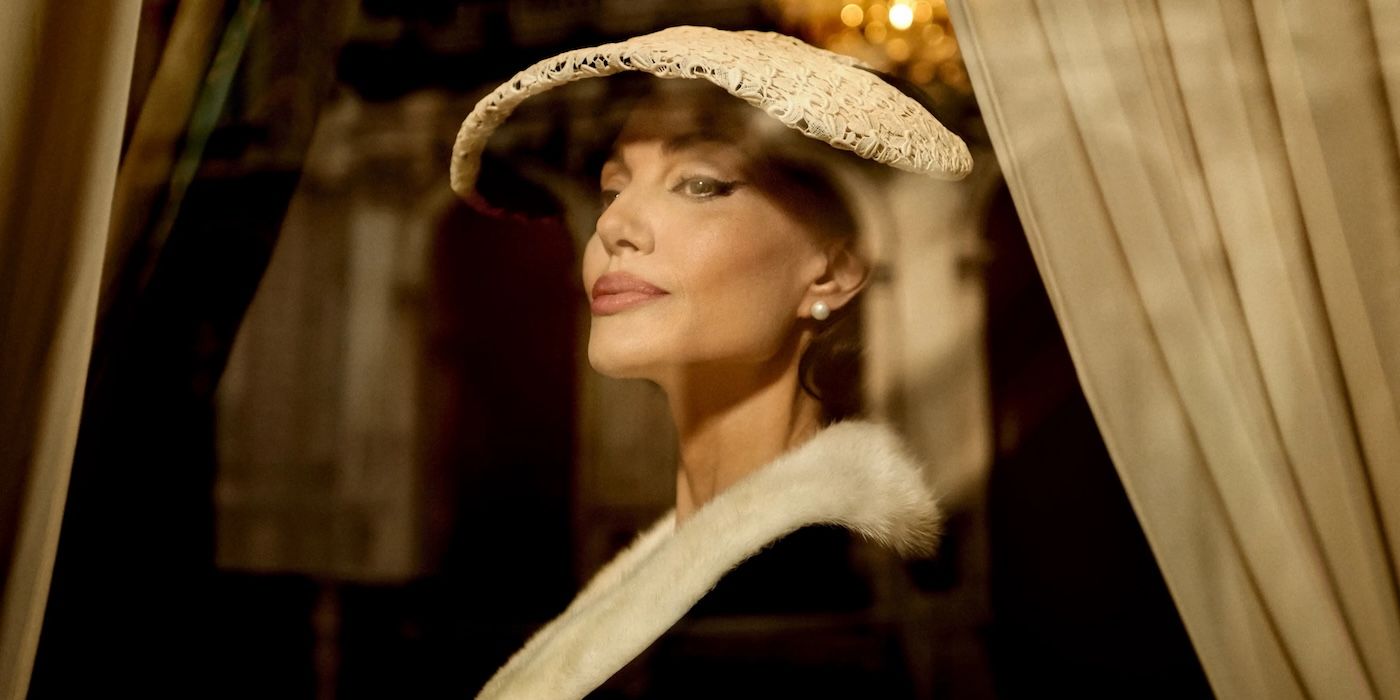Following Jackie and Spencer, Maria is Pablo Larraín‘s latest snapshot portrait of the publicly glamorous but privately tragic. And after Oscar nominations for Natalie Portman as Jacqueline Kennedy and Kristen Stewart as Princess Diana, one for Angelina Jolie as Maria Callas almost seems like a foregone conclusion. Netflix snatched up the new film before its premiere at the Venice Film Festival, which just goes to show how much of a sure bet the thing is. This brand of highbrow navel-gazing, elevated tabloid fodder is now a well-trodden path for the Chilean filmmaker who first garnered attention with Tony Manero. He has it down to a formula. An assembly line. Does he have interesting things to say each time, or is he just repeating himself at this point?
What Is ‘Maria’ About?
The film focuses on the final week of the legendary soprano’s life. She hasn’t eaten in days. She’s popping pills. She erratically hides them in her coat pockets to shield them from the eyes of her domestic staff. She’s holding court with Mandrax (Kodi Smit-McPhee), an imaginary interviewer named after the very pills she’s popping. She skips her doctor’s appointments. She fusses over the placement of a grand piano in her apartment, ordering her butler Feruccio (Pierfrancesco Favino) to roll it from room to room and back. She wanders around Paris in a daze. She hasn’t performed in over four years, but she is secretly rehearsing.
Of course, that all sounds terribly tedious without things getting messy. The traumas that cut her the deepest, instances of verbal abuse from a mother seemingly afflicted with narcissistic personality disorder, are for some reason only mentioned in passing multiple times. Through flashbacks, we get to bear witness to the really salacious stuff instead! Young Maria (Aggelina Papadopoulou) has to entertain Nazi soldiers! The older but maybe not wiser diva, while married to Giovanni Mattista Meneghini (Alessandro Bressanello), surrenders to the courtship of the super-rich Aristotle Onassis (Haluk Bilginer). Yes, that Aristotle Onassis.

Related
The 10 Best Angelina Jolie Movies, Ranked
One of the film industry’s most talked-about names worldwide, the multitalented actor-director Angelina Jolie is truly one of a kind.
She speaks of the stranglehold others have had on her, such as Onassis forbidding her to sing and wanting her to be a trophy on his shelf. She says she’s finally free and does whatever she feels like. Yet she readily submits herself to meds smuggled by her sister, Yakinthi (Valeria Golino). Ed Lachman‘s camera pans slowly to reveal impeccable decor. Unfortunately, in this world, characters also seem like furniture. They exist, or maybe not, depending on whether they serve the mise en scène. In Callas’ daze, an orchestra is performing in the pouring rain before an audience of geishas in kimonos holding paper umbrellas. Cut to reality — it’s not raining at all. Does this actually signify anything or is it just visually pleasing? The film’s stately artfulness hardly conceals the tawdry nature of the screenplay by Steven Knight, who also wrote Spencer.
In ‘Maria,’ Jolie Comes Alive Only During Singing Performances
Jolie is best when performing Callas the performer. She apparently spent seven months training to sing opera, but this is not so much a comment on her vocals. The two Callas performances that bookend the film showcase the finest and most nuanced acting from her in the film. In other scenes, she is consistently one note. She is supposed to play a diva, but that larger-than-life aura doesn’t come across. In most scenes, the characters, even the imaginary ones, barely exhibit any emotion when conversing. These actors are ordinarily better than this, which makes one wonder why they’ve been directed to deliver their lines in such stilted fashion.
Callas seems to be drawn to much older men, but the appeal is never articulated or analyzed. Nothing in the performances by Bilginer or even Bressanello help elaborate exactly what she sees in them. Her daddy issues are ripe for the picking, but again the movie is more interested in Callas wallowing in the je ne sais quoi than her taking control of her life or exhibiting accountability for her own actions and decisions.
While I am no expert on whether Jolie’s own singing is any good, music does play an important role here. It’s supposed to be an outlet for all the repressed emotions simmering beneath other scenes. But, ultimately, it feels like the filmmakers are letting these instantly recognizable classic compositions and recordings do the heavy lifting in terms of pulling on the viewers’ heartstrings. It’s an unbearable burden to keep up appearances in the public eye, I get it. But does this point need to be made again and again? It would have been marginally interesting if the film had explored what went on in her life while she was producing her best work. Instead, here we essentially have two hours of a once-was feeling sorry for herself.
Maria is now streaming on Netflix.

Pablo Larraín’s Maria is a one-note exploration of another public figure that just makes the same points over and over again.
- Maria Callas’ singing on the soundtrack speaks for itself.
- Angelia Jolie is best when singing, coming alive in the role in these moments.
- Nothing new is explores as Larraín continues his same schtick.
- All the craftmanship can’t dress up what’s essentially navel gazing tabloid fodder.
- The film’s stately artfulness hardly conceals the tawdry nature of the screenplay by Steven Knight.




